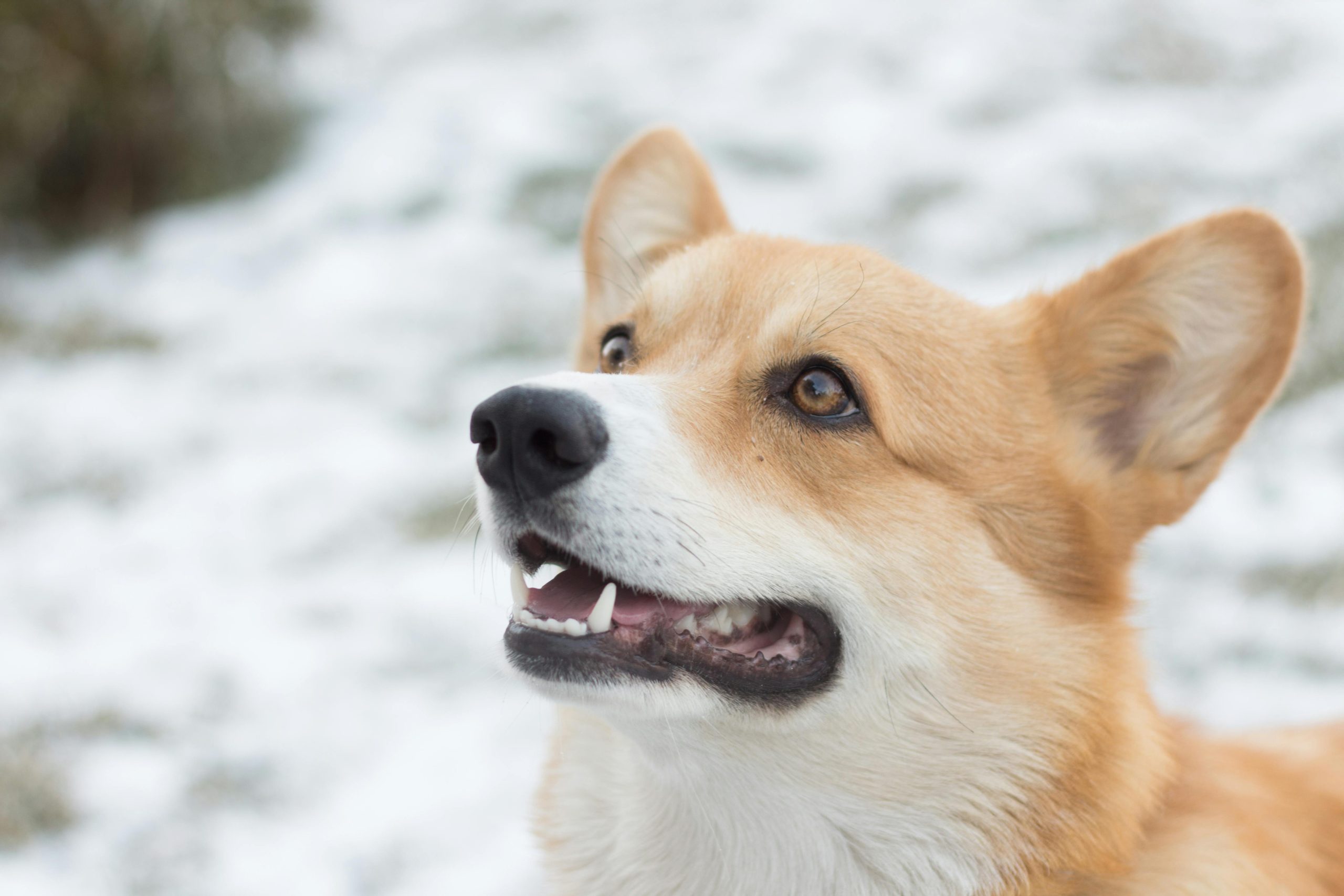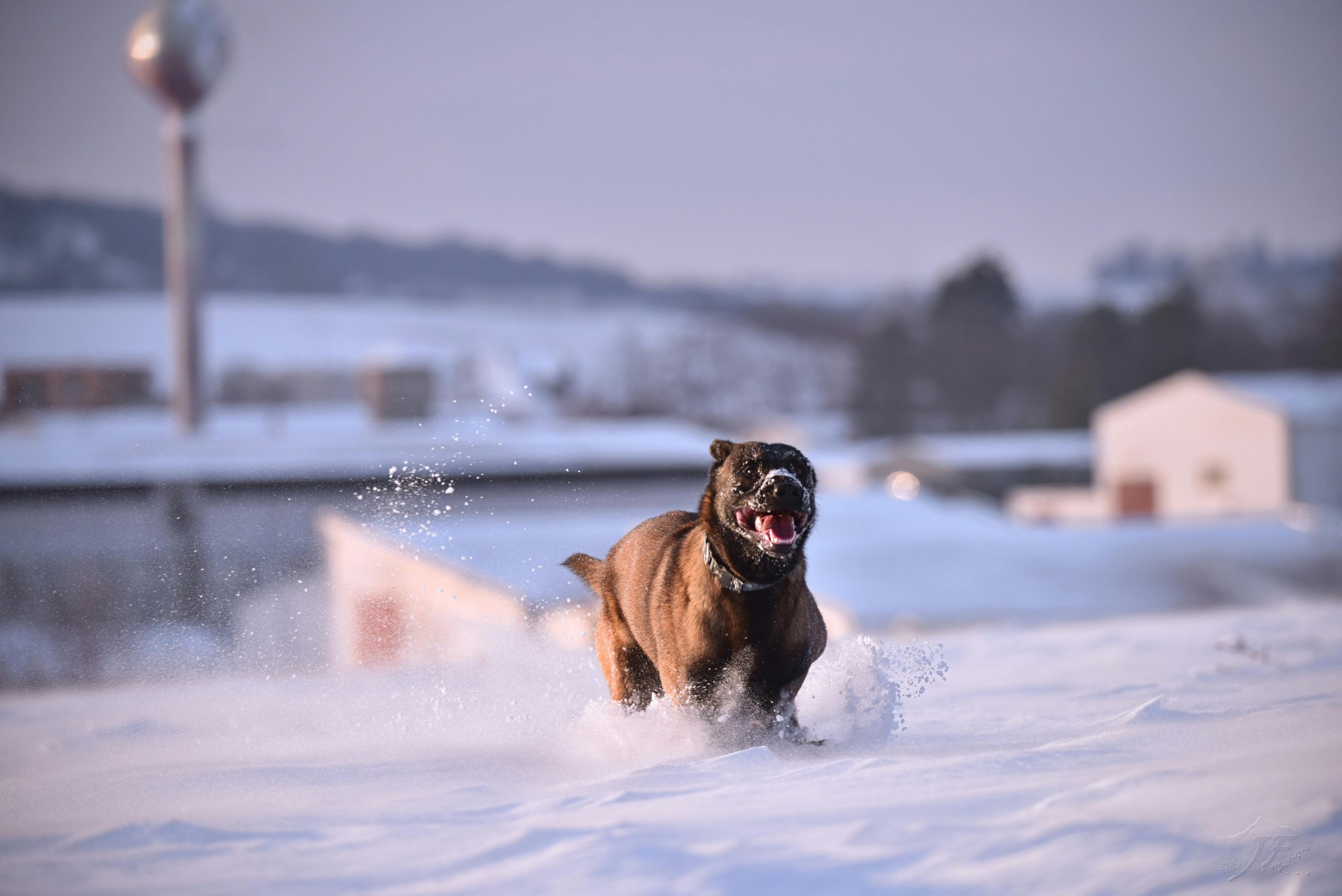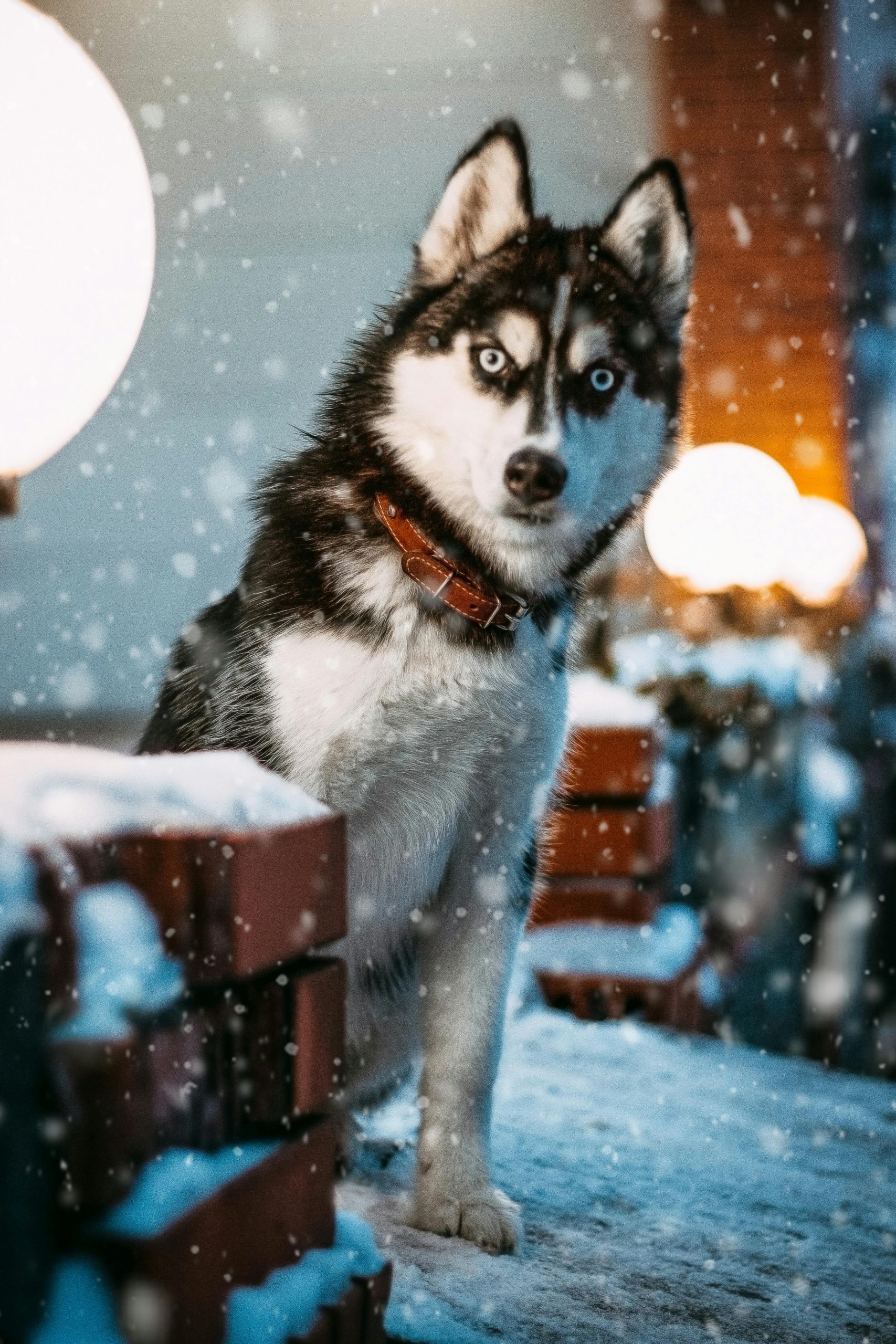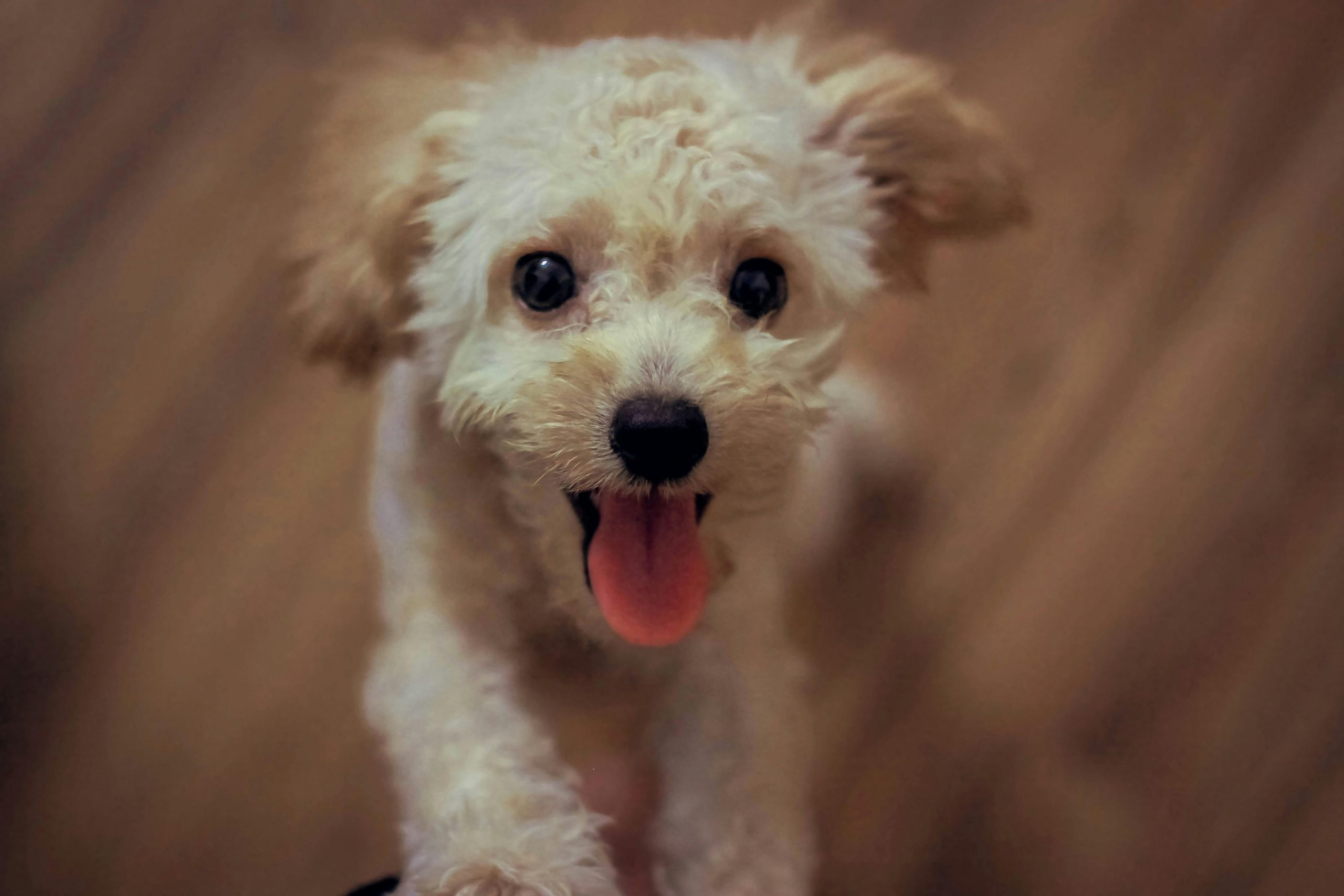The Otterhound is a unique and rare breed with a fascinating history. Bred specifically for a particular purpose, this breed possesses specific traits and characteristics that make it well-suited for its original role. In this article, we will explore what Otterhounds were bred for and delve into their unique qualities.

1. Otter Hunting
The primary purpose for which Otterhounds were originally bred is in their name itself: otter hunting. Here are some key points about the Otterhounds’ role in otter hunting:
- History: Otter hunting dates back to medieval times in Europe, where otters were considered a nuisance as they caused damage to fish stocks and waterways. Packs of Otterhounds were used to track, chase, and capture otters in rivers and water bodies.
- Scenting Ability: Otterhounds possess an exceptional sense of smell, which allowed them to track the scent trail of otters in and around water. Their long, droopy ears help trap scents and direct them towards their keen noses.
- Swimming Skills: Otterhounds are excellent swimmers, thanks to their webbed feet and powerful, muscular bodies. They were able to navigate through rivers and lakes with ease, following otters into the water during hunts.
- Coat and Protection: The Otterhound’s dense, shaggy double coat provided insulation and protection against cold water and harsh environments during hunts. Their oily outer coat and thick undercoat helped keep them warm and dry.
- Working in Packs: Otterhounds were typically used in packs rather than as solitary hunters. They would work together, following scent trails, cornering otters, and baying to alert their handlers of the otters’ location.

2. Characteristics and Traits
To fulfill their role as otter hunters, Otterhounds possess specific characteristics and traits that make them well-suited for the task. Here are some key points about the characteristics of Otterhounds:
- Size and Build: Otterhounds are large, rugged dogs with a strong and muscular build. They have a deep chest, strong limbs, and a powerful tail, which helps them maneuver through water and rough terrain.
- Coat and Weather Resistance: The Otterhound’s shaggy, water-resistant coat protects it from the elements, enabling it to work in wet and cold conditions. The coat requires regular maintenance to prevent matting and to keep it in optimal condition.
- Temperament: Otterhounds have a friendly, amiable, and patient temperament. They are known to be good-natured and get along well with other dogs and people, including children.
- Independent Thinkers: Otterhounds are intelligent dogs but can also be independent and strong-willed. This trait allowed them to make decisions during hunts while still following basic commands from their handlers.
- Endurance: Otterhounds possess good stamina and endurance, enabling them to work for extended periods during hunts. Their sturdy build and athletic ability allow them to cover rough terrains and swim for long distances.

3. Decline and Conservation
Over time, the practice of otter hunting declined, leading to a decrease in the demand for Otterhounds. Here are some key points about the decline of otter hunting and the conservation efforts for Otterhounds:
- Legal Protection: Otters became a protected species in many countries due to their dwindling populations. Consequently, otter hunting was banned, leading to a decline in the need for Otterhounds as working dogs.
- Endangered Status: The decline in otter hunting also resulted in a decline in the number of Otterhounds. Thebreed is now considered rare and listed as vulnerable or endangered in some countries.
- Conservation Efforts: Various organizations and breed enthusiasts are working towards conserving and preserving the Otterhound breed. These efforts include breeding programs, education about the breed’s history and characteristics, and promoting responsible ownership.
- Adaptation as Companion Dogs: With the decline of otter hunting, Otterhounds have found new roles as companion dogs. Their friendly nature, unique appearance, and historical significance make them a sought-after breed for dog enthusiasts.
- Challenges: The conservation of Otterhounds faces challenges such as maintaining genetic diversity, managing hereditary health issues, and increasing public awareness about the breed’s vulnerability.
- Future Outlook: While the Otterhound breed may not be as prevalent as it once was, dedicated efforts are being made to ensure its survival and promote its unique qualities. Responsible breeding practices and increased awareness can help secure a brighter future for this remarkable breed.

Conclusion
Otterhounds were specifically bred for otter hunting, possessing traits and characteristics that made them well-suited for this purpose. While the decline of otter hunting has affected the breed’s numbers, efforts are underway to conserve and preserve the Otterhound breed. Today, they are valued as companion dogs, appreciated for their friendly temperament and unique appearance. The Otterhound’s rich history and remarkable qualities make it a breed worth celebrating and protecting.
Leave a Reply